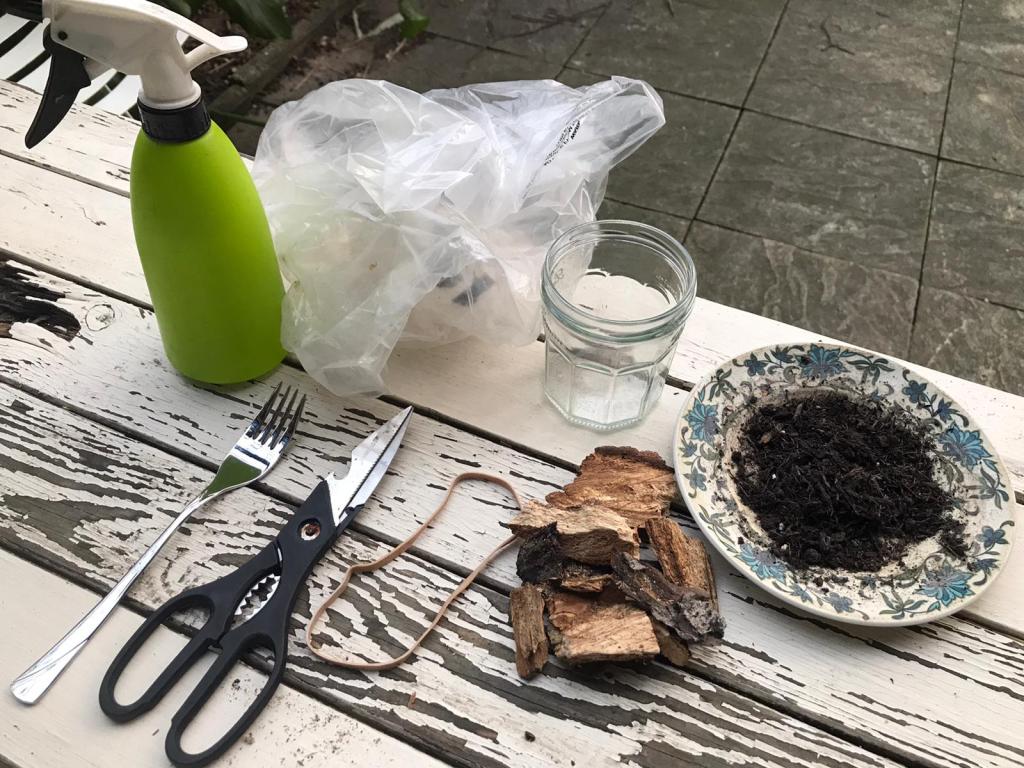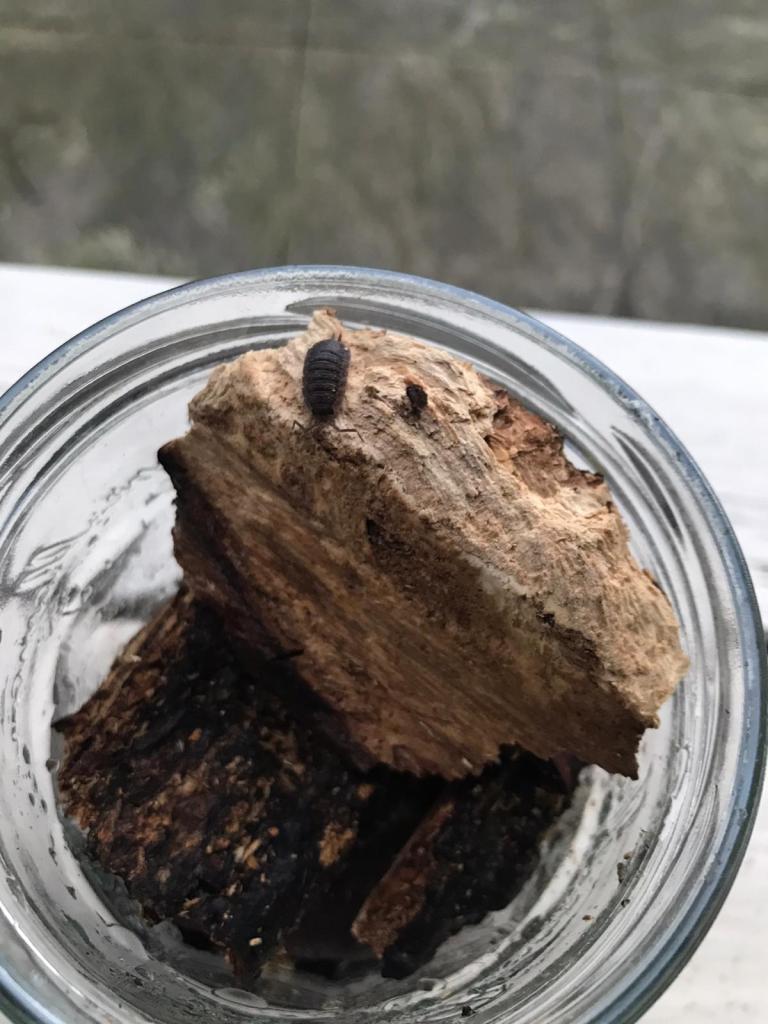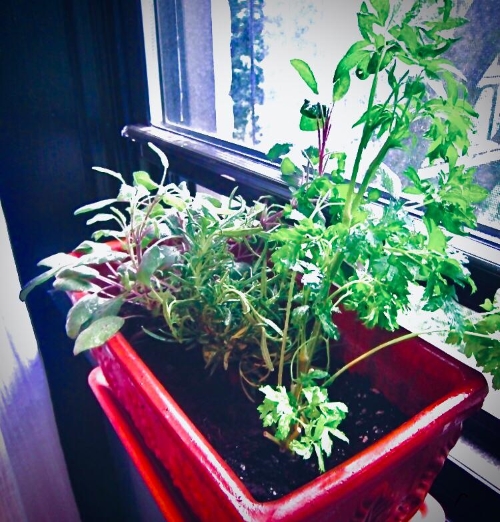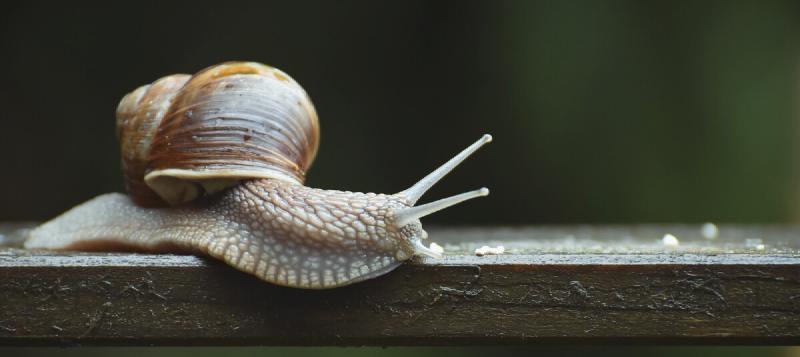A short add-on to our last episode. I asked some friends to share the homes they’re created for invertebrates, and tell us about how they put the habitats together.
Victor’s home for tiny snails
Made with a yogurt container with some soil from another flower pot. I also decorated their home with weed seedings carefully dug out from other flower pots. And a carrot top and wilted salad leaf in case they get hungry and don’t fancy fresh leaves. This home is located on a north facing windowsill so it doesn’t overheat when the sun comes out.
So far I’ve spotted them moving around on the soil, but not approaching the carrot or the wilted salad leaf. According to this handy snail ID sheet from the bedfordshire natural history society it’s a type of chrysalis snail.
Here is the picture ID guide I used.
For more in-depth snail identification visit the The Conchological Society of Great Britain and Ireland.
And the Field Studies Council has published an excellent key to the Land Snails of the British Isles.



Maggie’s home for woodlice
Made with a jam jar and soil from the garden. Decorated with rotting wood from a cut down tree along the road and misted for moisture. The lid is made with a plastic bag poked with small holes for air circulation. The woodlouse habitat lives on a shady windowsill.
Woodlice are crustaceans and so need to live in quite damp areas in order to breathe. They eat rotting wood, so the wood is both a hiding place and a snack. Woodlice can also be fed on vegetable peels but avoid anything sour, like citrus.
Again the Field Studies Council have produced really good guides to the identification of woodlice. There is the woodlouse identification guide, for more detailed work. Or the Woodland Name Trail for an introduction to soil invertebrates.




Ayesha’s windowbox for butterflies
Made with a small window box planted with kitchen herbs. Herbs were bought from a local grocer, rescued from being tossed for being out of date. Just repot them in a bigger container to give them room to grow and water regularly.
Almost all kitchen herbs are great for attracting bees and butterflies. Allow them to grow and most will flower late spring/summer. Cutting them to use in cooking may push their flowering time back.
If you get unwanted invertebrates, try a spray made from: water, a few drops of soap, and a mashed garlic clove. The soap helps penetrate the waxy coating some invertebrates have protecting them, and garlic contains sulfur compounds which act as natural insecticides.

Send us questions, comments, or photos of your invertebrate habitats!
